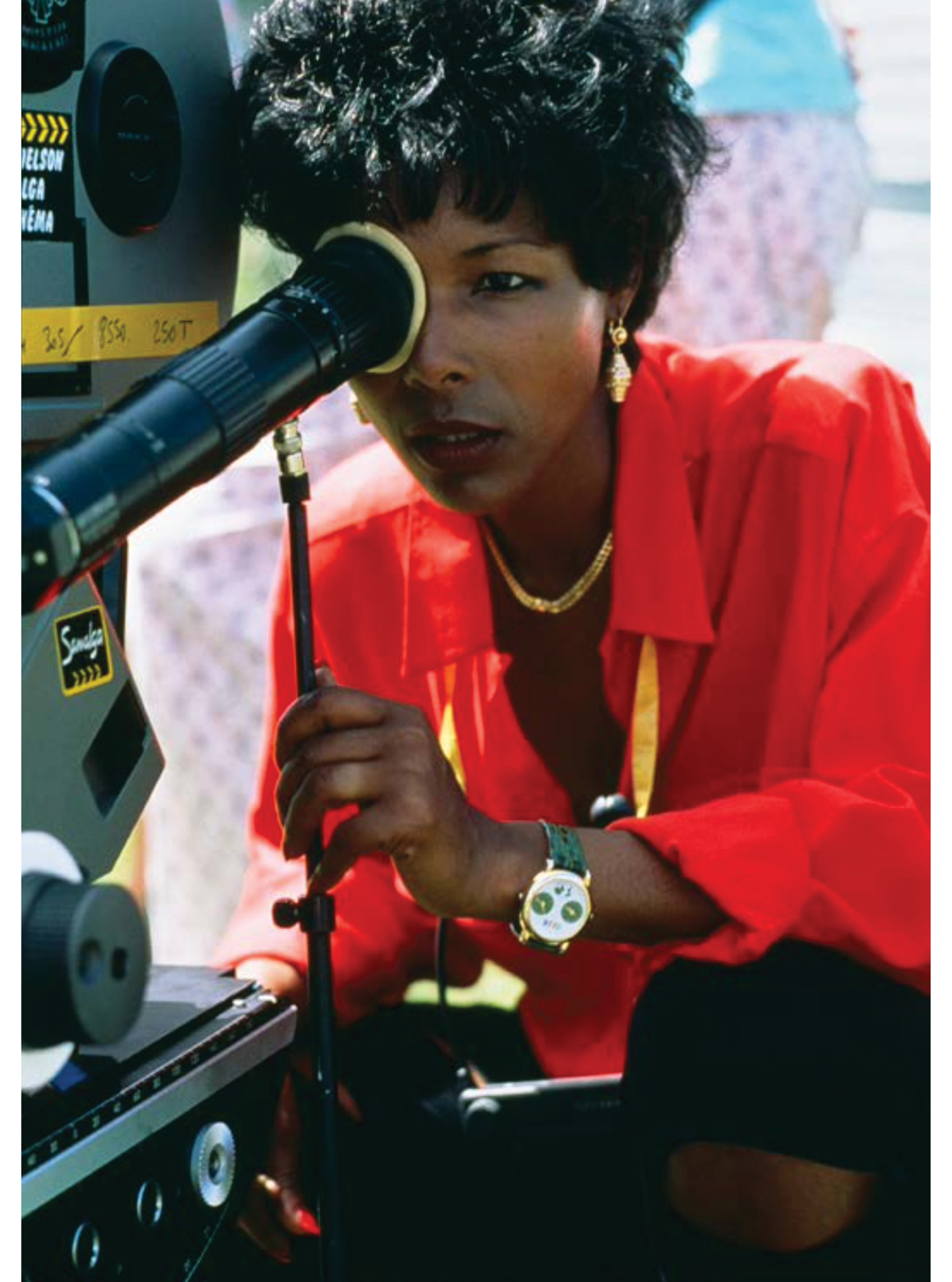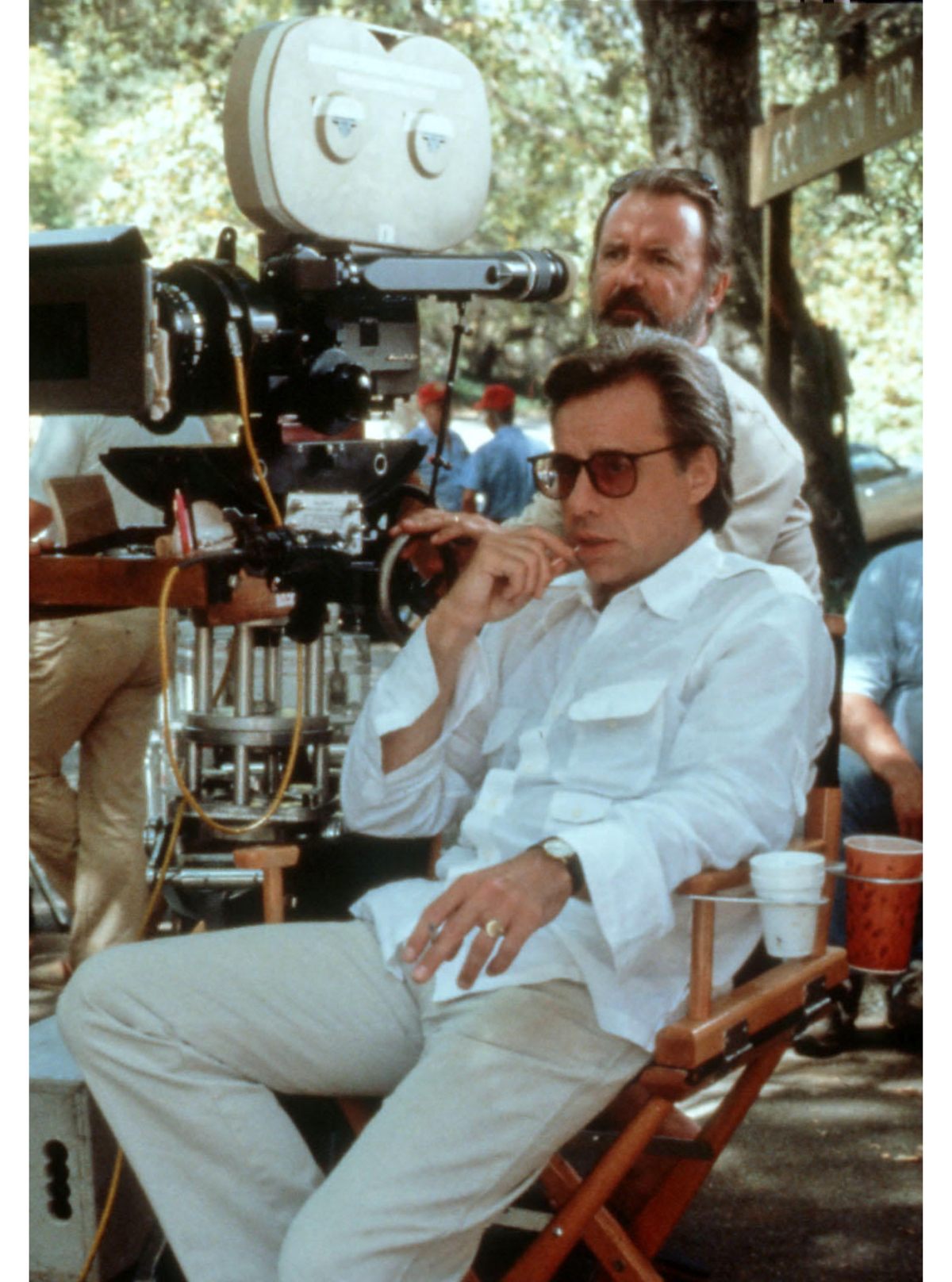For proof that a director’s getup is symbolically important—even if he or she is mostly unseen by all but the cast and crew—one need look no further than Hearts of Darkness: A Filmmaker’s Apocalypse. The documentary draws on Eleanor Coppola’s own film footage of the Homeric trials, tribulations, and travails that beset her husband, Francis, as he thrashed through the filming of his 1979 Vietnam War epic, Apocalypse Now.
The production was notoriously fraught. The film was shot on location in the Philippines, where the set was battered by hurricanes. A drink-and-drug-addled Martin Sheen had a heart attack just after his 36th birthday, taking him out of action for a month. And Marlon Brando, who signed on to play a mythic, jungle-dwelling Special Forces agent gone rogue, was in the binge-eating and cue-card-reading chapter of his career. All of this is writ large in Eleanor’s home movies from the 16-month shoot. (It was originally scheduled for a few months.)
Most disturbing of all, however, is the sight of a swarthy, sweat-slicked, and shirtless Francis Ford Coppola trying to orchestrate the near-doomed operation and being buffeted at every turn. Throughout the documentary, the Godfather director appears in various states of disarray. Once he casts his limp T-shirts and jungle jackets aside and bares hide and hair, it’s plain to all that this is a man who has lost control. As the production plods on and stress causes Coppola to shed weight, it seems like he is in danger of losing much more than just inches.
This is an extreme instance of clothes making—or, in this case, unmaking—the man. Those in search of more nuanced examples can tuck into How Directors Dress: On Set, in the Edit, and Down the Red Carpet, a new book from the indie-behemoth production company and distributor A24. The volume is organized into vaguely titled sections such as “Buttoned Up” and “Louche,” contains essays by the likes of Lynn Yaeger (“Early Hollywood Women Directors”) and Brad Phillips (“Smoking on Set”), has a foreword by director Joanna Hogg and an afterword by designer Yohji Yamamoto, and is interspersed with quotes about deserving auteurs.
But the real stars are the photographs. There’s John Ford draped in a serape while filming The Searchers in Monument Valley, and Sofia Coppola at Versailles during the shooting of Marie Antoinette; François Truffaut with a pack of cigarettes rolled up in his sweater sleeve on the set of Mississippi Mermaid, and the eminently natty Peter Bogdanovich kicked back in his director’s chair. And what book on the subject of directorial style would be complete without a run of photos of Jean-Luc Godard, the crown prince of cinematic hipness?
There’s no formula to determine whether a motion picture will be good or not, and if there were, it would be difficult to say how much the director’s clothes factor into the equation. Think of it this way: If the man behind the bullhorn is shirtless, you could get Apocalypse Now. But the truth is that movies, like style, rely on a bit of magic. In the absence of proof that you’ve got it, wear a proper shirt.
Nathan King is a Deputy Editor at air mail














